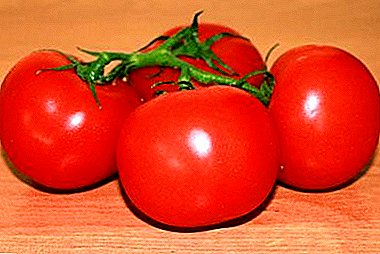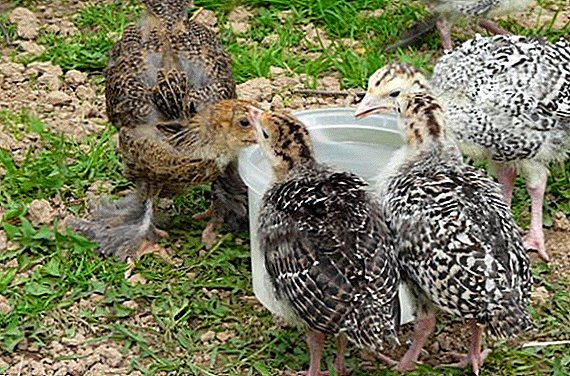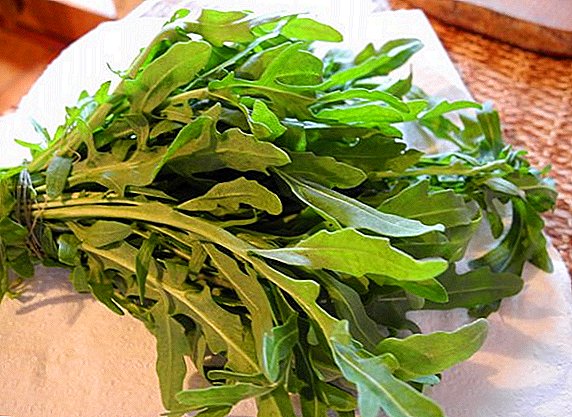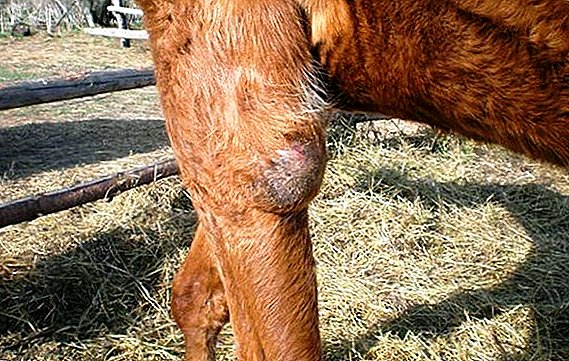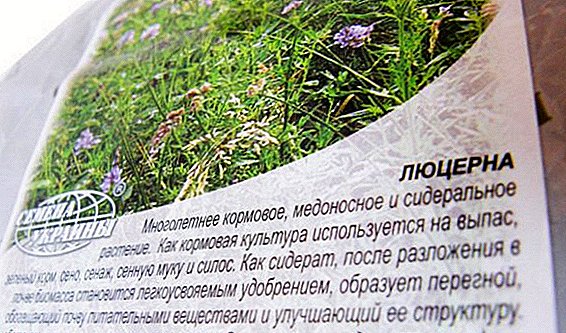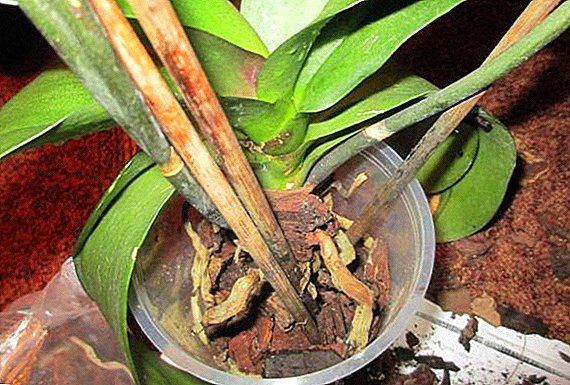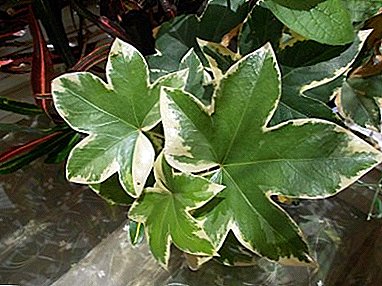
Fatshedera - the original hybrid, bred by crossing two different plants: Japanese fatsia with ivy.
This flower was obtained in 1912 as a result of work brothers french liza.
The view almost immediately gained popularity with many gardeners. Such an exotic plant is often used not only for vertical landscaping of terraces and balconies, but also for producing beautiful flower arrangements in winter gardens.
Further in the article we will tell about fatsheder: care at home, photos, benefits, diseases.
Description
Fatshederoy is an evergreen liana, which often reaches a height of five meters. Its stems are semi-woody and weakly branchy, thin, erect in younger plants, but after a while they turn into creeping ones.
Leaves large enough, 3-5-lobed. The surface of the plate is glossy, dark green in color. Sometimes there are variegated forms, which are characterized by the presence of either white or cream border. They are not as viable, but have a more decorative look.
In the autumn period, umbrellas with creamy-white flowers may appear on some adult plants. The fruits are berries of dark blue color.
Photo
Fatshedera: photo of evergreen liana.



Home care
Fatshedera is considered to be very hardy to grow in the open air in regions with mild winters.
Variegated species they are very light-loving, they develop much more slowly, and look more decorative, therefore they are excellent for indoor use.
Nowadays, in culture, either wooden or bamboo sticks are used to maintain the branches of the plant.
Location
Fatheders are perfect for keeping both light and semi-shady places. For variegated forms will need much more light. It is best to put pots with these plants in the western or eastern windows.
Liana with green leaves grows quickly on the windows facing the north, but during the cold season they will need additional lighting.
Temperature
To conditions conditions fatskhdera unpretentious, but in the cold season It is recommended to place it in a cool room with an air temperature of 12-15 ° C, variegated forms - not lower than 16 ° C.
In the summer Feels good in the open air, for example in the garden. Liana is sensitive to cool air currents, therefore, bringing him outside, you should take care of reliable protection from drafts.
Watering
 During intensive development It requires a fairly abundant, in other matters not strong watering. The excess liquid accumulating in the pan must be constantly drained.
During intensive development It requires a fairly abundant, in other matters not strong watering. The excess liquid accumulating in the pan must be constantly drained.
This hybrid is too painful over-wetting of the substrate - leaves turn yellow.
In winter, you need to water more moderately, but so that the substrate in the pot does not dry out completely. When dry soil - the leaves begin to fall, the shape of the crown is deformed and it is very difficult to return its former appearance.
Air humidity
In a room with a cool temperature, Fatschedera is unpretentious, at rates above 18 ° C Place the plant pot on a wet gravel tray above the water level and spray leaf leaves from time to time.
Top dressing
Additional nutrition in most cases is carried out in a period of intensive growth (warm season).
Are used complex mineral fertilizers that alternate with organic once every ten days. In winter, you should not feed a liana.
Transfer
Plants for the first time are transplanted every year in spring, then once in several years.
Soil mix prepare from the turf ground, humus, and also fine-grained sand. Fatsheder requires good drainage, which usually takes a third of the pot.
Breeding
 Fatshedera breeds tip cuttings, as well as air layouts, which are held in late winter - early spring.
Fatshedera breeds tip cuttings, as well as air layouts, which are held in late winter - early spring.
In the spring, a shallow incision is made on the trunk, then it is carefully wrapped with moist moss and covered with a film on top.
Moss must be constantly kept wet.
Approximately two months after the small roots appear, the top with the roots must be carefully cut off in order not to damage the plant and be planted in a separately prepared pot.
Cuttings take root rather quickly both in water and in a well-humidified substrate at high air humidity (cover with glass or polyethylene).
Benefit and harm
Fatshedera easily cope with various toxic substanceswhich are dissolved in the air of even a very large room. One pot with a plant is enough for 1 cu. m rooms. Thus, a one-room apartment of medium size will require several dozen small plants.
In addition, soft beautiful greens, along with the outlines of the leaves, as well as flowers, can calm a person, relieve nervous tension.
Scientific name
The scientific name fatsheders - Fatshedera, or as it is also called in honor of the breeders' brothers, who, in fact, brought this type of plant, - Fatshedera lizei (Fatshedera Lize).
Diseases and pests
 Fatshedera is fairly resistant to various diseases.
Fatshedera is fairly resistant to various diseases.
The loss of decoration often indicates improper care, and not at all on the disease or the attack of certain insects.
So, The following signs speak of:
- Leaves start to frown - very dry air in the room.
- Dry up the tips - insufficient soil moisture.
- The leaves turn yellow and gradually fall off - too much moisture.
- The appearance of dry spots of pale brown hue - sunburn.
- The loss of brightness variegated varieties - lack of lighting.
- Root rot and powdery mildew - excessive and too frequent watering.
- The appearance of fluffy bloom of gray - the plant is very cold (you need to cut off all damaged areas, and then treat the vine with a fungicide).
- Small leaves and noticeably stretched long shoots - not enough light.
Fatshedera may be affected by such pestsas spider mites, mealybugs, and aphids. Damaged plants should immediately be thoroughly treated with soapy water, and with a sufficiently strong infection - with special insecticides.
At low temperatures, insufficient light, as well as intensive watering can be observed infection with grayish rot botrytis - It is considered the main enemy of the hybrid vine.
At the same time, the lower part of the trunk begins to gradually grow brown, rot, and then become covered gray with a brownish tinge by the bloom of mushroom spores, which in most cases resembles ordinary mold. If you do not take timely measures, the plant can die in just a couple of weeks.
The botrytis Fatshedera needs to change the conditions of detention: to be placed in a well-ventilated place with a lower humidity. You should carefully remove all damaged leaves and stems.
In this video you will see a variety of colors evergreen vine.


